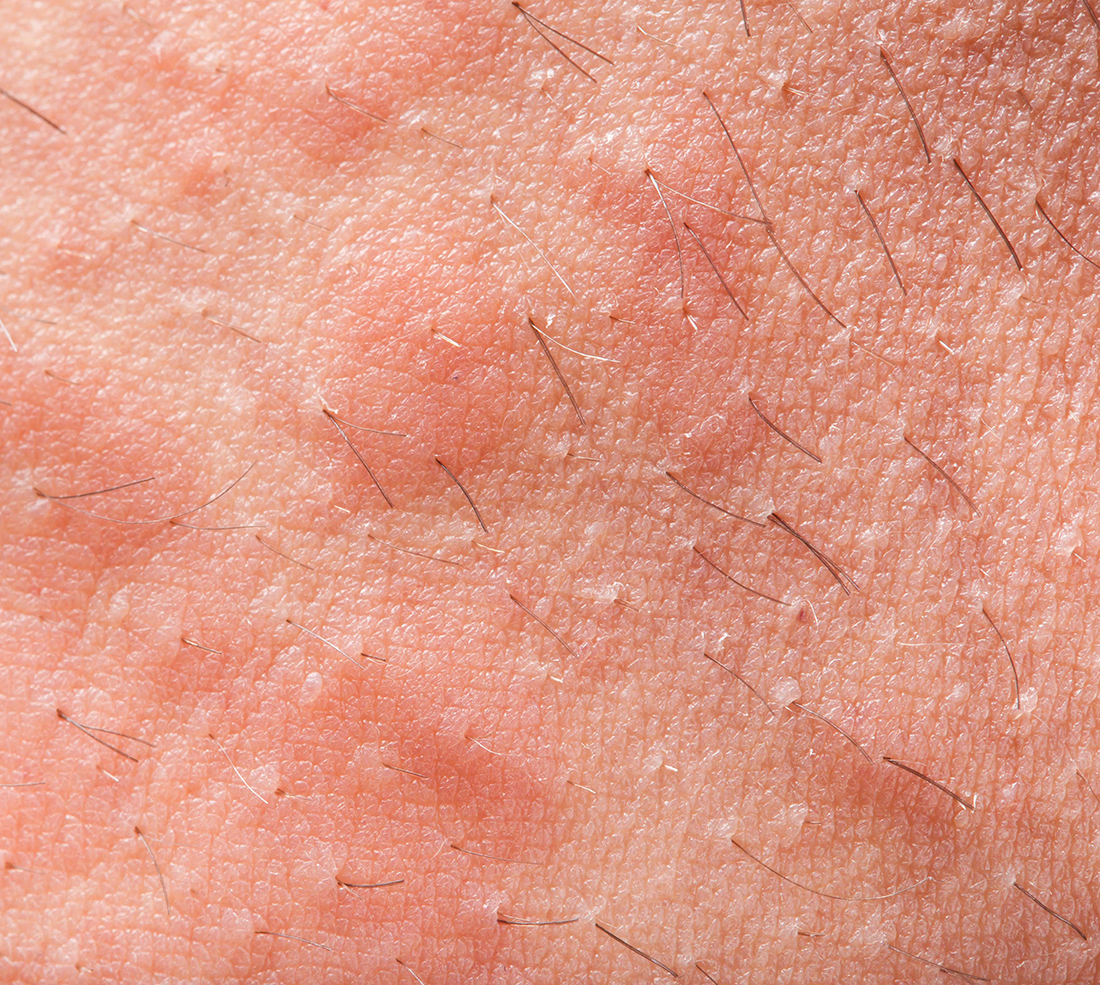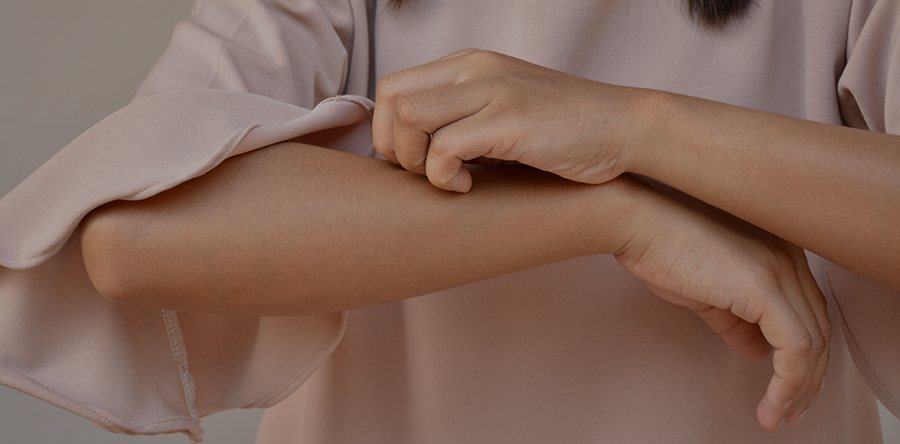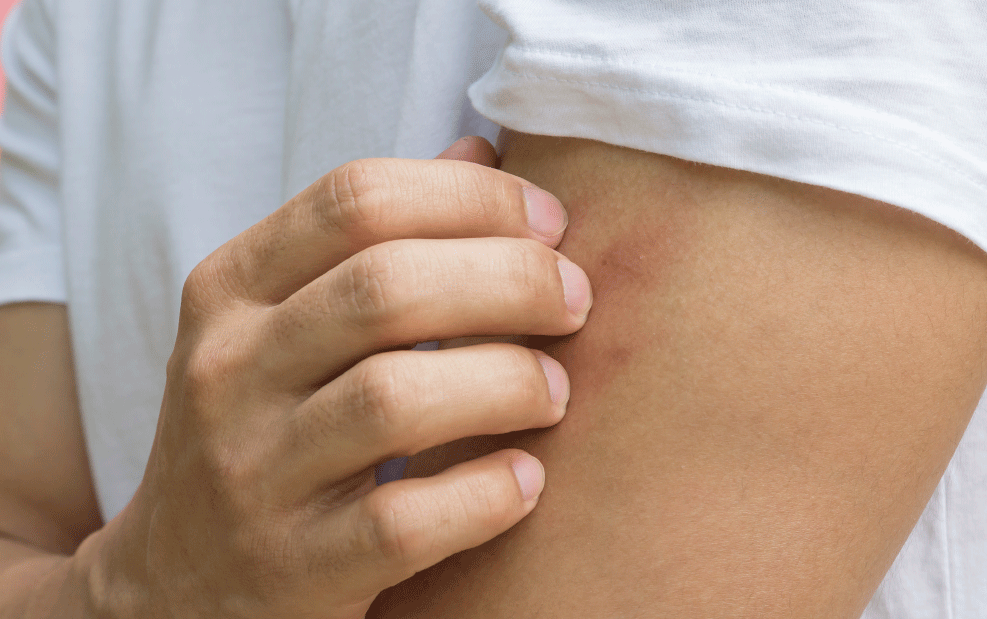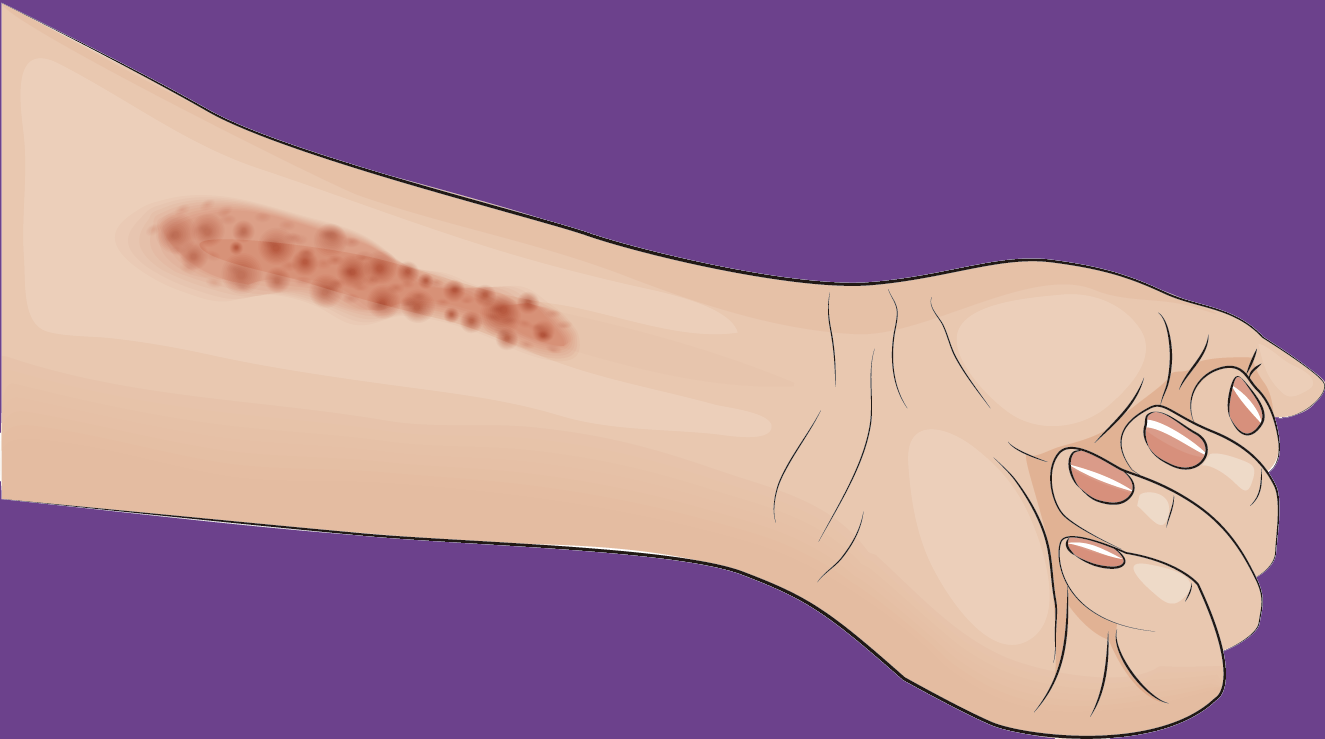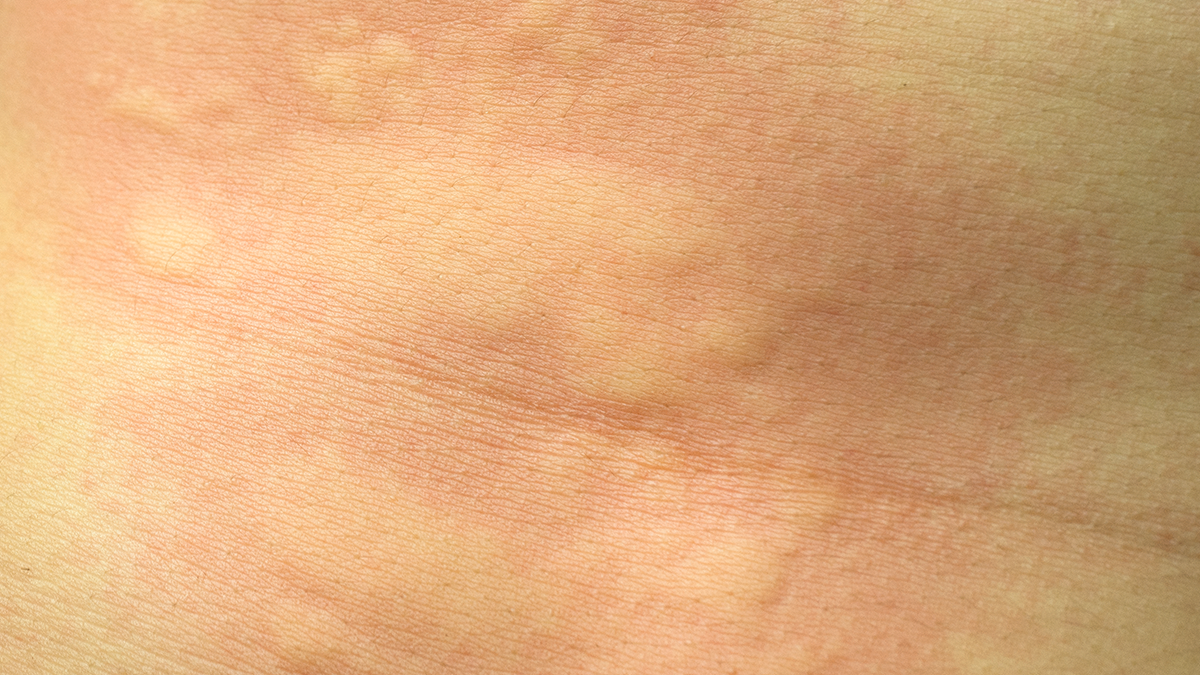
Thi HT, Thi LP, Van TN, et al..
Vietnamese investigators evaluated the efficacy of increased H1-antihistamine doses in people with chronic urticaria.
Chronic urticaria is a common, debilitating and hard to treat condition. H1-antihistamines are the first line treatment but frequently patients do not get satisfactory relief with the recommended dose. Antihistamine doses may be increased up to four-fold as recommended by European guidelines.
This experience included 102 participants with chronic urticaria who were divided in two groups and treated with 5 mg of levocetirizine or 180 mg of fexofenadine for two weeks, and then increased to 10 mg of levocetirizine or 360 mg of fexofenadine for two more weeks. Wheal, pruritus, size of the wheal, total symptom scores and associated side-effects were measured at beginning, week 2 and week 4.
With the conventional dose, total symptom scores decreased significantly at week 2 and 4 in both groups. However, 26 participants who did not improve at week 2, experienced a two-fold increase in dose, with 11,5% and 38,5% becoming symptom-free at week 4 in levocetirizine and fexofenadine group, respectively. None of the treatments had negative side effects between the conventional dose and the double one.
In conclusion, this study showed that increasing H1-antihistamines dosage by two-fold does not increase the rate of side effects while improving chronic urticaria symptoms.





